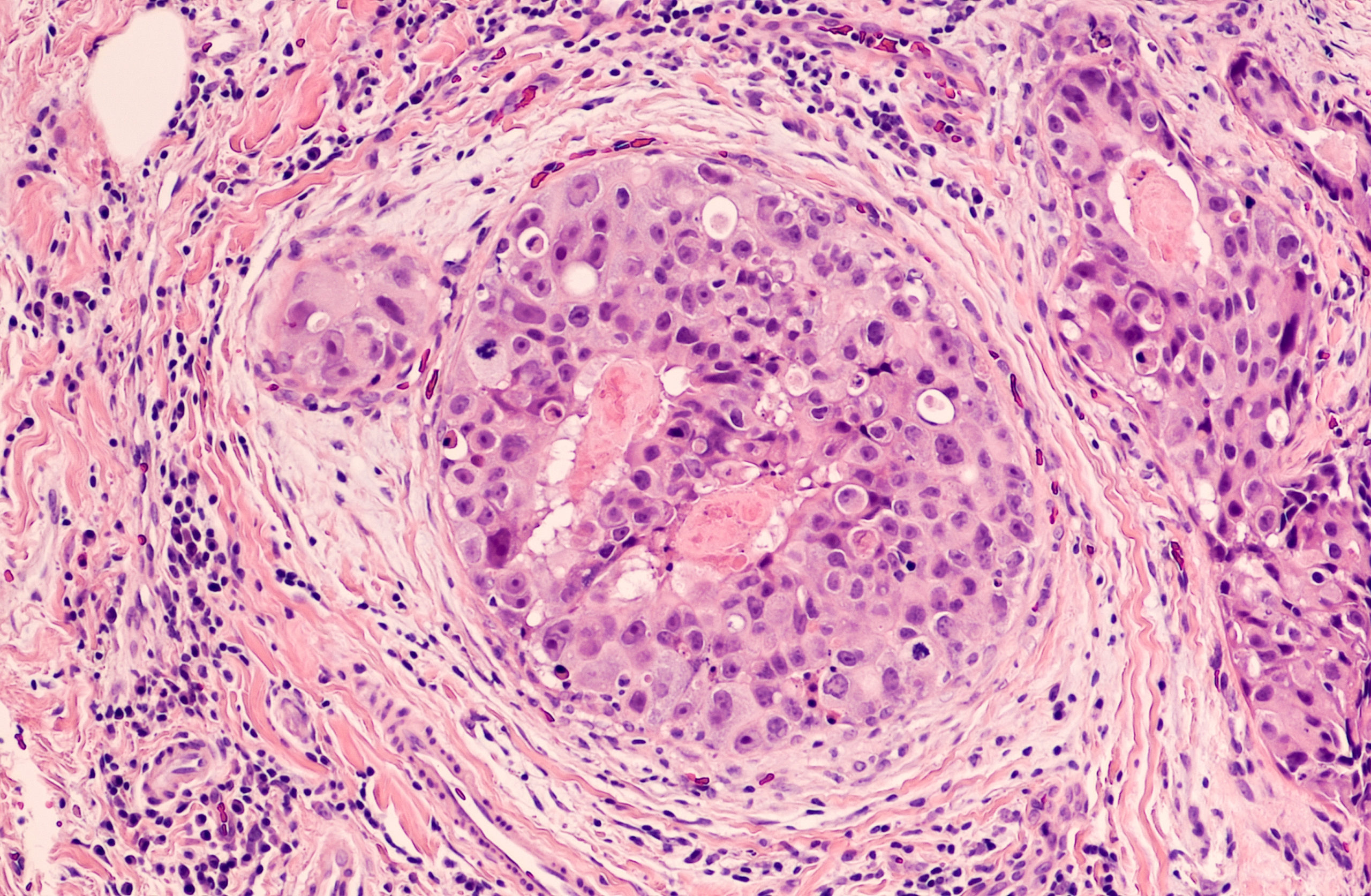
In a randomized controlled trial, published in Frontiers in Endocrinology, researchers aimed to further characterize the incidence, clinical pathology, and potential prognostic factors of primary small cell breast carcinoma (SCBC). Primary investigator, Jiahao Zhu, and colleagues reported that SCBC is a “rare, aggressive tumor that needs uniform multimodality therapies,” and they proposed that combined surgery and chemotherapy is the optimal approach in small cell breast carcinoma treatment.
Additionally, tumor staging, surgery, and chemotherapy were identified as independent prognostic factors and used to develop a nomogram profile to predict disease-specific survival (DSS) and overall survival (OS).
Small Cell Breast Carcinoma Study Design
These conclusions were based on an analysis of 323 patients in the Surveillance, Epidemiology, and End Results (SEER) database with a primary diagnosis of SCBC between 1975 and 2018. After adjusting for age and per-year change in SCBC incidence, the authors calculated overall incidence, DSS, and OS among the included patients. Cox regression analysis identified the predictors of survival, and the prognostic model based on those factors was assessed via receiver operating characteristic curves, concordance indices, and calibration curves.
Read more research on small cell breast carcinoma treatment strategies
Small Cell Breast Carcinoma Treatment Analysis
According to the authors, the adjusted overall incidence of SCBC was 0.14 per million women per year, and the incidence has remained stable. Regarding SCBC treatment, most of the cohort underwent surgery (238/313). Among those patients, 82 received post-operative adjuvant radiotherapy and four received neoadjuvant radiotherapy pre-surgery.
After SCBC treatment, the three- and five-year rates of DSS were 64.9% and 61.6%, respectively, and the median OS was 50 months (95% confidence interval [CI],0.432–0.589). The authors also observed “significant differences” in DSS and OS across different disease stages. Notably, patients who received both surgery and chemotherapy had improved DSS and OS compared to those who received one or neither of the two SCBC treatment approaches.
Conclusions
While the authors acknowledged the limitations in the study’s design, they presented their nomogram model as a consistent tool for predicting survival in patients undergoing small cell breast carcinoma treatment. However, they did note that “future external validation is needed, and prospective clinical trials are warranted to explore better treatment strategies.”
Find more information on SCBC and other malignancies in the DocWire Breast Cancer Resource Center







 © 2025 Mashup Media, LLC, a Formedics Property. All Rights Reserved.
© 2025 Mashup Media, LLC, a Formedics Property. All Rights Reserved.